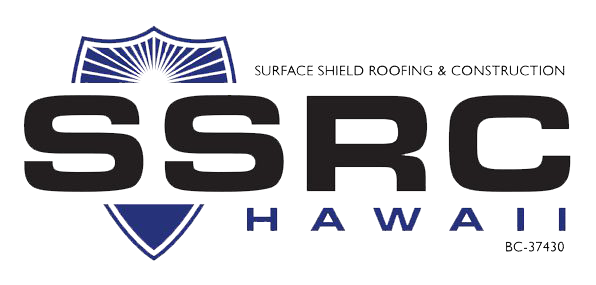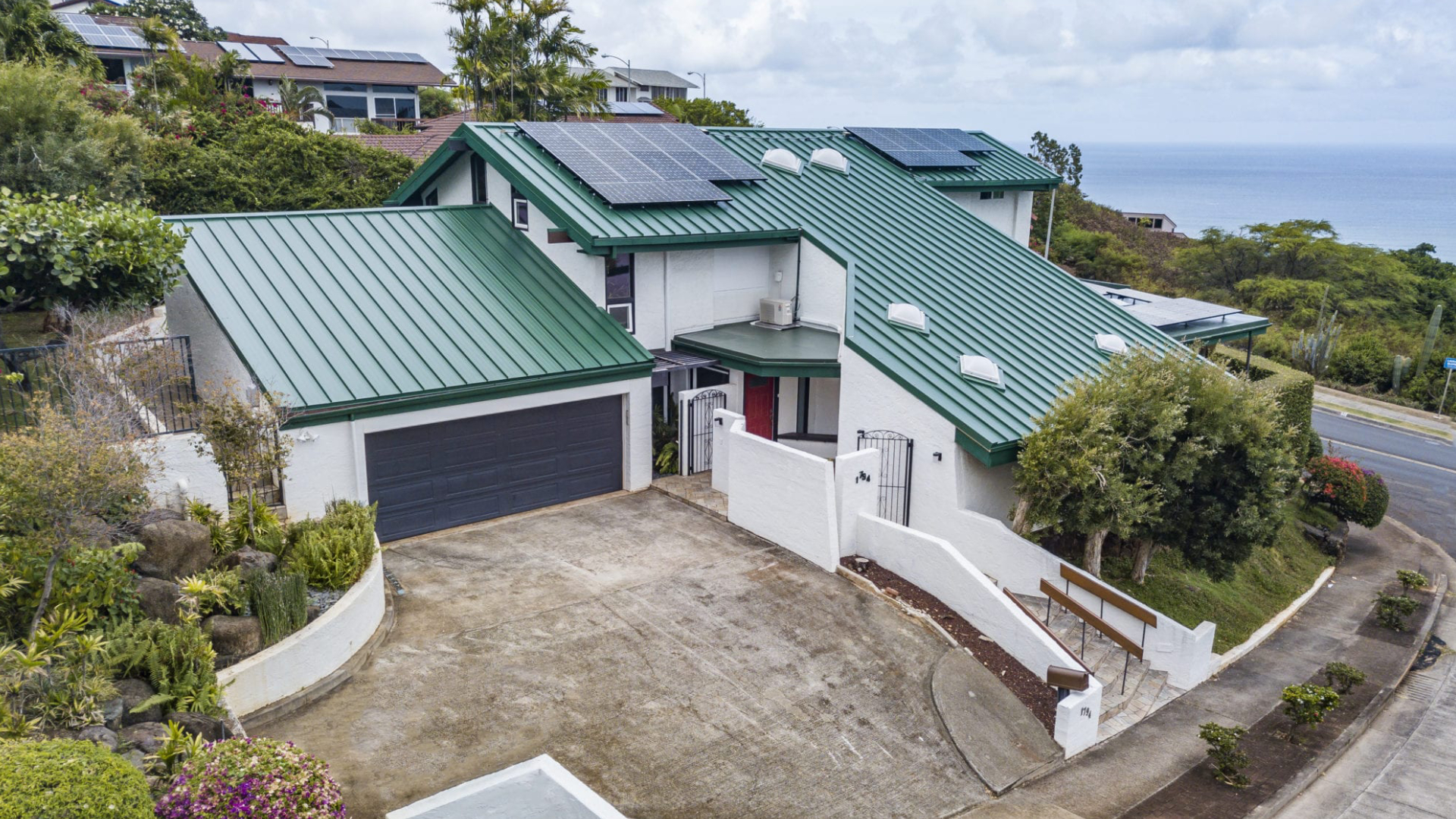Living in Honolulu means enjoying ocean views, warm weather, and a relaxed island lifestyle. But coastal living also exposes your roof to a unique set of environmental challenges. Understanding what causes damage helps you stay ahead of costly repairs and extend the life of your roofing system.
Salt Air Corrosion
Salt-laden air constantly flows over your home in coastal areas. While the breeze feels refreshing, it carries microscopic salt particles that settle on your roof. Over time, this salt eats away at metal flashing, fasteners, gutters, and other exposed components. You may not notice the corrosion right away, but the long-term effects include rust, deterioration, and eventual leaks. To protect your roof, you need regular maintenance and corrosion-resistant materials designed to withstand salty environments.
High Humidity Levels
Humidity stays high year-round in Honolulu, and your roof feels the impact. Moisture collects in attic spaces and beneath roofing materials, leading to mold, mildew, and wood rot. Shingles may curl or lift if they absorb too much moisture. You can reduce the risk by improving ventilation and scheduling routine roof inspections. When you keep air flowing properly, you help your roof shed excess moisture before it causes damage.
Heavy Rainfall and Flash Flooding
Honolulu’s tropical climate brings intense downpours, especially during the storm season. When rain hits hard and fast, your roof’s drainage system has to work overtime. Clogged gutters, poor slope design, or worn roofing materials can’t keep up, leading to pooling water and potential leaks. You should clear out gutters regularly, check for soft spots or water stains inside your home, and look for sagging sections of your roof after storms.
Strong Trade Winds and Storm Gusts
The wind is another constant factor in coastal areas. While Honolulu’s trade winds help keep the temperature comfortable, they can also wreak havoc on your roof. Over time, the wind lifts shingles, loosens flashing, and causes structural stress. During high-wind storms or hurricanes, sections of your roof may even detach completely. You can minimize risk by securing loose roofing components and choosing wind-rated materials designed for coastal resilience.
UV Radiation and Heat Exposure
The coastal sun shines bright and strong, and your roof absorbs that heat every day. Constant UV exposure breaks down roofing materials, especially asphalt shingles. You’ll notice fading, cracking, and brittleness as the roof ages. When you invest in reflective coatings or UV-resistant materials, you help your roof withstand the sun’s intense rays. Routine inspections can also help catch signs of heat-related wear before they turn into major issues.
Organic Debris from Tropical Vegetation
In coastal Honolulu neighborhoods, palm fronds, seed pods, and other plant debris fall onto roofs regularly. This debris traps moisture and encourages moss or algae growth, which leads to premature material degradation. If trees overhang your home, they may also scrape or puncture your roof during windy conditions. Trim back nearby branches and clean off organic buildup to keep your roof free of rot and invasive growth.
At Surface Shield Roofing Company, we help homeowners like you protect and preserve your roofing investment in Honolulu’s coastal climate. Contact us today to schedule a roof inspection or learn more about our durable, island-ready roofing solutions.

